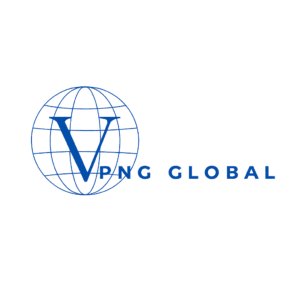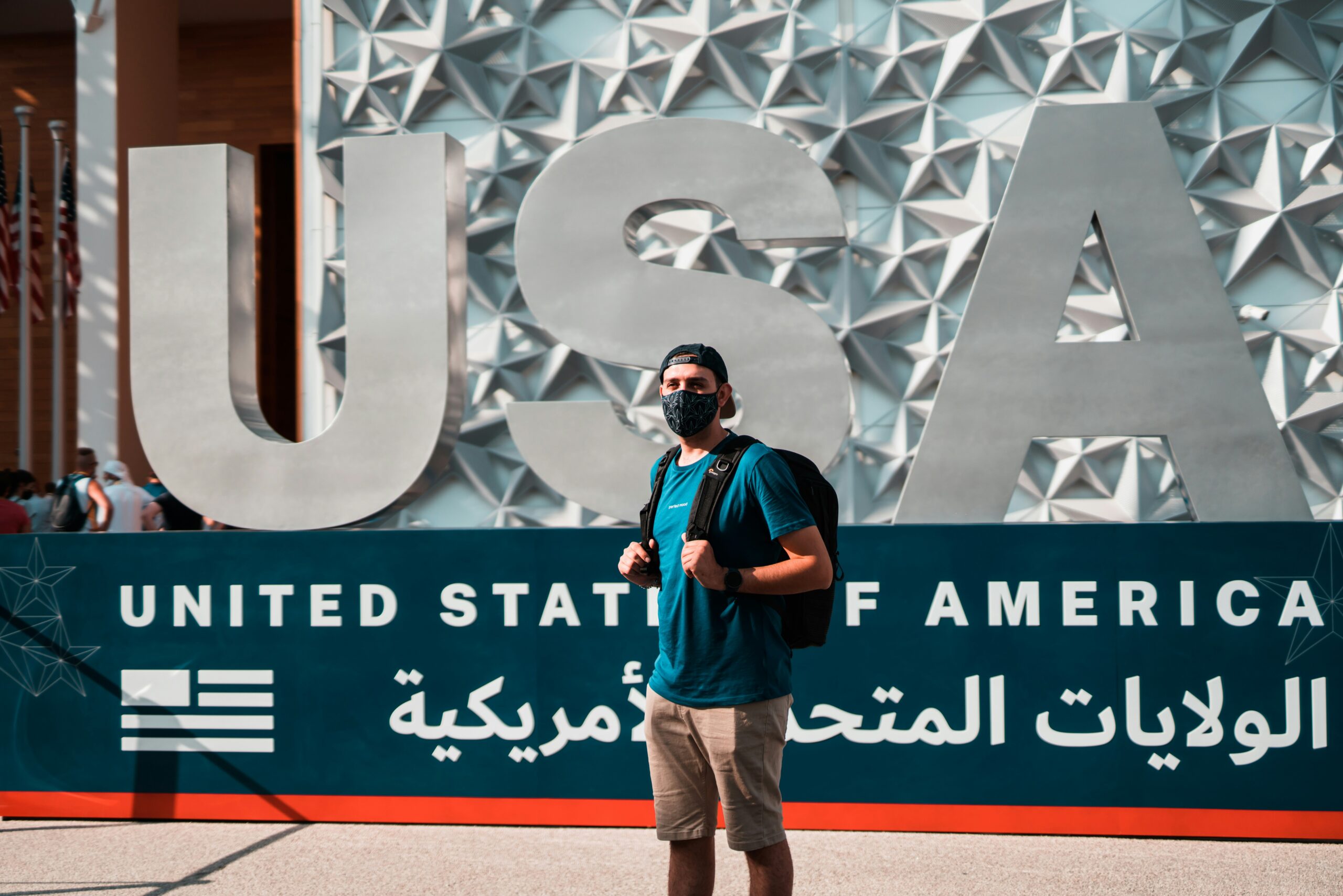The important thing is not being afraid to take a chance. Remember, the greatest failure is to not try. Once you find something you love to do, be the best at doing it.
Impact of Donald Trump’s H-1B Visa Fee Hike: What It Means for You
The recent decision by the Trump administration to impose a $100,000 one-time fee on new H-1B visa applications has sent shockwaves through the tech, education, and migration sectors. If you’re planning to study, work, or migrate – especially through education and employment channels – you need to understand how this change may affect your strategy, opportunities, and global migration plans.
What’s changed, and who it affects?
The new policy introduces a $100,000 fee for new H-1B visa petitions filed from September 21, 2025, for applicants outside the U.S. Many companies are already pausing or pulling back on H-1B sponsorships due to the steep cost.
The stated intention is to “encourage companies to hire Americans” rather than rely on foreign talent. But in practice, it has created uncertainty for both international students and skilled workers aiming for U.S. migration opportunities.
Why It Matters for Study-Based Migration
For students and professionals planning a study-to-work-to-residency route, this policy shift is a major turning point.
A higher H-1B cost may reduce American employer demand for foreign graduates, impacting the transition from study to work.
Universities in the U.S. depend on international students who expect post-study work opportunities. The new fee undermines that expectation, making destinations like Canada, Australia, and Germany more attractive.
If your migration plan depended on a U.S. job sponsorship, now is the time to consider alternative destinations or hybrid strategies.
What You Should Do Now
If you plan to study in the U.S., clarify your post-study employment options early. Don’t assume the H-1B will always be available or affordable.
Explore alternative migration markets such as Canada, Germany, the Netherlands, and Australia, where study-to-PR routes remain strong.
If you are already working or applying for H-1B, discuss the fee implications with your employer – some firms are shifting to local hires or employees already on U.S. work visas.
Migration consultants and advisors should update their advisory models and guide clients based on the new realities.
Keep Things in Perspective
You can Explore non-Employer Routes – like the Extra-ordinary visa Routes.
This change doesn’t mean migration is over. It means the playing field has shifted. Successful applicants will thrive by staying informed, adaptable, and strategic.
Want to Stay Ahead of Global Migration Trends?
If you’re serious about leveraging education as a migration route in 2026 and beyond, get your copy of my new ebook:
The Study Route Migration Guide 2026: For Applicants and Consultants.
Inside, you’ll discover:
Proven frameworks for study-to-residency migration
Updated country playbooks, including the latest U.S. policy changes
Practical insights for both students and advisors
Download your copy today and plan smarter for 2026.
Download on Selar → Get the Guide on Selar
Buy on Amazon → Buy the Guide on Amazon


